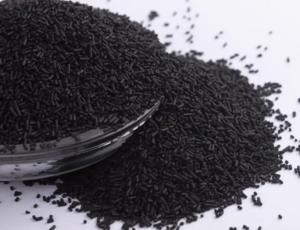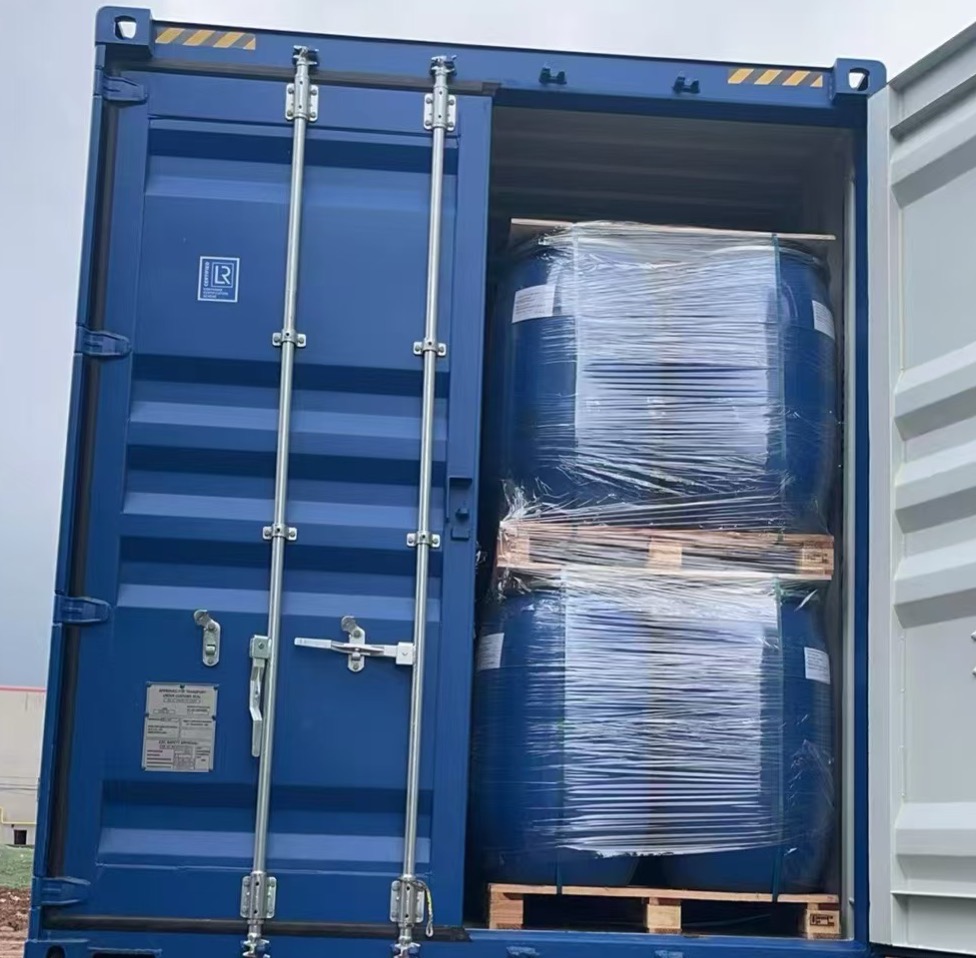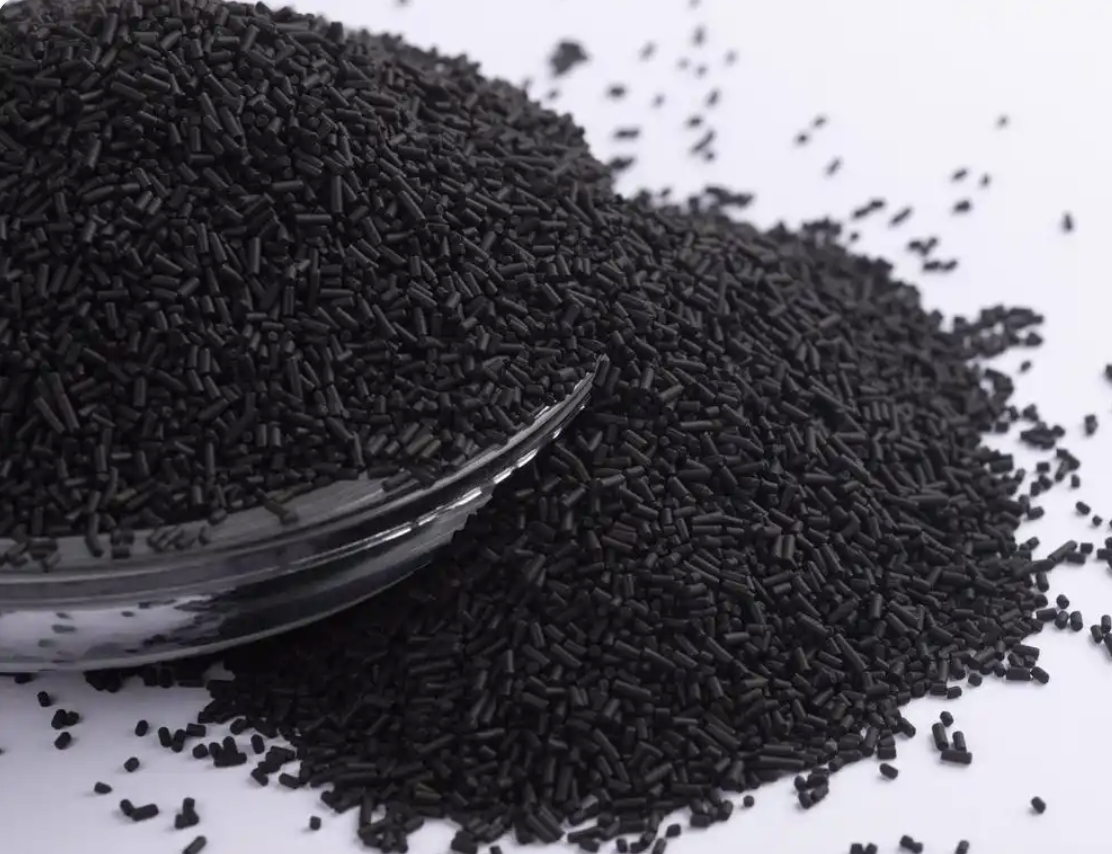Analysis of Multiple Methods and Applications for Post-treatment of PSA Nitrogen Generator Exhaust Gas
1.Overview of Tail Gas Treatment in PSA Nitrogen Generator
During the operation of a PSA nitrogen generator, a certain amount of gas that has not been completely separated will always be produced. This usually includes oxygen, carbon dioxide, water vapor, and trace other impurity gases. These gases are collectively referred to as tail gas. There are various methods in the industry for dealing with this tail gas:
2. Exhaust Gas Composition and Treatment
During the operation of the PSA air purifier, there will be unseparated gases, including oxygen, carbon dioxide, water vapor, and trace impurities, which are collectively referred to as exhaust gas.
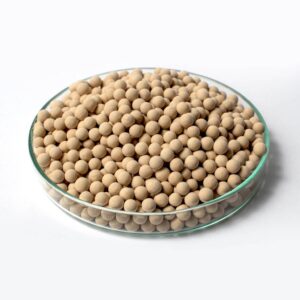
3. Detailed Explanation of Exhaust Gas Treatment Methods
A. Direct Emission
For those exhaust gases that are harmless to the environment or have a low emission volume, they can be directly discharged through the exhaust pipe into the atmosphere. Applicable scenarios:
The main component of the exhaust gas is oxygen, containing only a small amount of nitrogen and other non-polluting gases.
There is no need for exhaust gas recycling and utilization in the area where the nitrogen generator is located. Notes:
It is necessary to ensure that the emission behavior complies with the relevant regulations on environmental protection.
Install exhaust mufflers to reduce the impact of noise on the surrounding environment.
B. Tail Gas Recovery and Utilization
The nitrogen and oxygen in the tail gas have high recovery value. Through appropriate treatment and utilization, resources can be reduced. Common methods of tail gas recovery include:
Process reflux: Some of the gas in the tail gas is reintroduced into the inlet of the nitrogen production system and mixed with new air, thereby improving the overall utilization rate of the gas.
Advantages: Significant energy-saving effect, reduction of gas loss.
Disadvantages: Control of the reflux flow is crucial. Improper operation may damage the nitrogen production efficiency.
Industrial gas source utilization: The oxygen and nitrogen in the tail gas are used in other industrial processes, such as combustion support, waste gas treatment, etc.
Applicable fields: Glass manufacturing, metal smelting, wastewater treatment, etc.
C. Combustion Treatment
The oxygen in the tail gas can effectively serve as a combustion aid and is widely used in various combustion equipment, such as boilers and kilns, to improve their combustion efficiency.
Advantages: Through this method, the oxygen in the tail gas can be fully utilized, thereby achieving the goal of saving energy costs.
Limitations: However, this treatment method requires specialized combustion equipment to support its operation.
D. Tail Gas Treatment System
In some cases where the emission standards for tail gas are very strict, the tail gas will be sent to a dedicated tail gas treatment device for deep purification and separation.
Treatment techniques:
Use adsorption, catalysis or filtration methods to remove residual substances in the tail gas.
Integrate the tail gas into the process gas treatment process, such as conducting oxidation or reduction reactions.
Applicable range: Suitable for industrial areas with strict environmental protection standards for tail gas emissions or sensitive ecological areas.
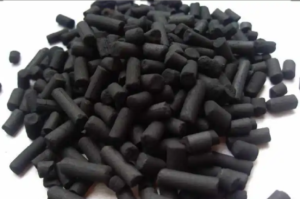
E. Diffusion Emission
The tail gas is diluted by being released into the atmosphere through high-altitude emission or diffusion equipment, thereby reducing the direct impact on the surrounding environment.
Key points:
Install high-efficiency emission devices to ensure that exhaust gases do not accumulate in the working area.
Equip with exhaust gas monitoring equipment to verify whether the emissions meet the standards.
In practical applications, the treatment methods of PSA nitrogen generators for exhaust gases will vary depending on the composition of the exhaust gas, on-site requirements, and environmental protection standards. Although direct emission is a common treatment method, in the context of advocating resource utilization and environmental protection, exhaust gas recovery and utilization as well as combustion treatment have also gradually become widely adopted.
